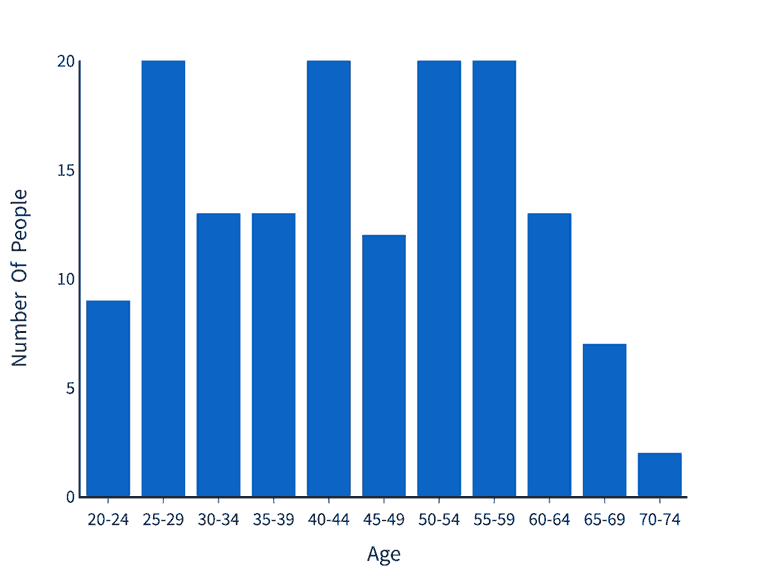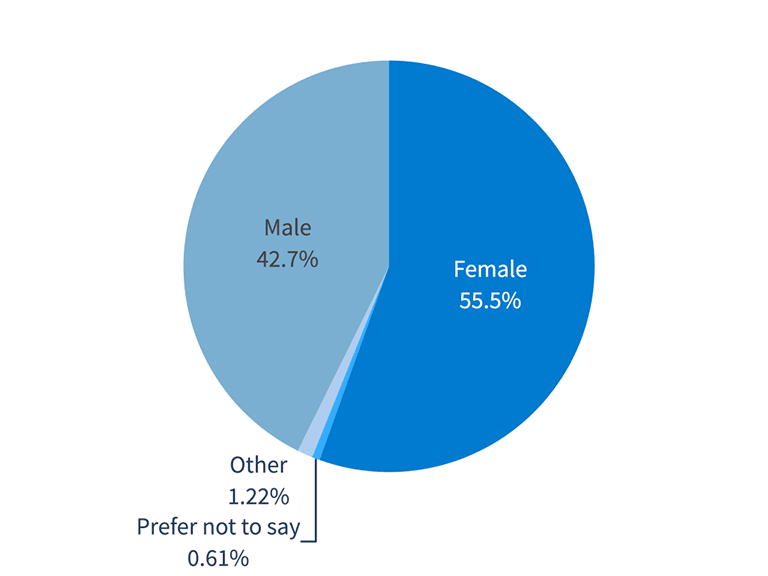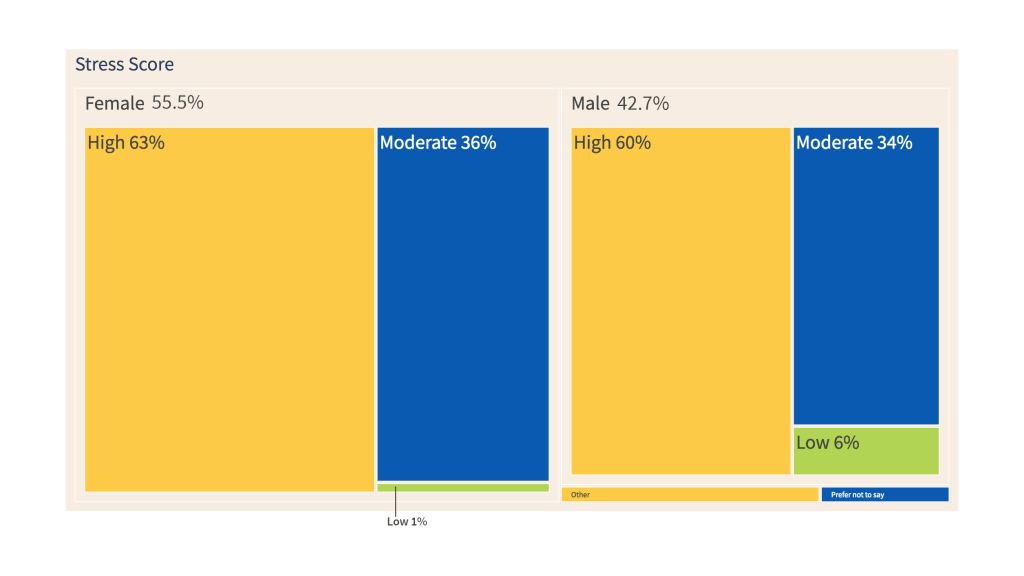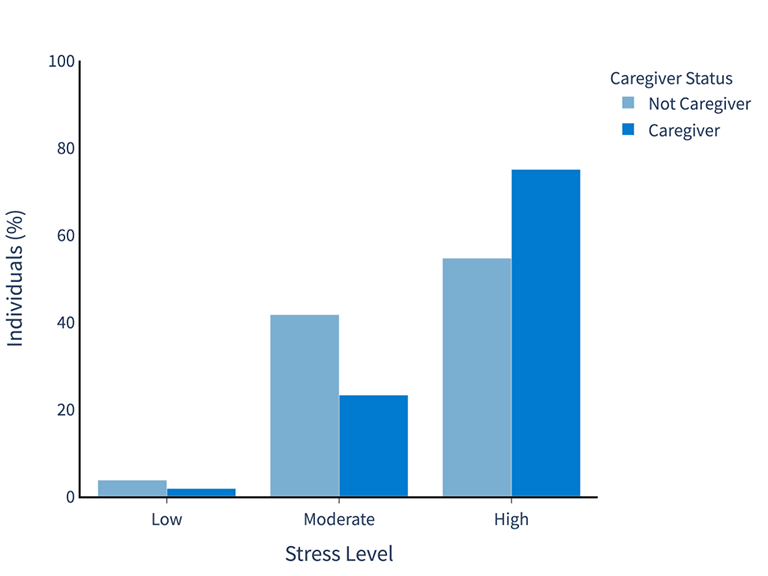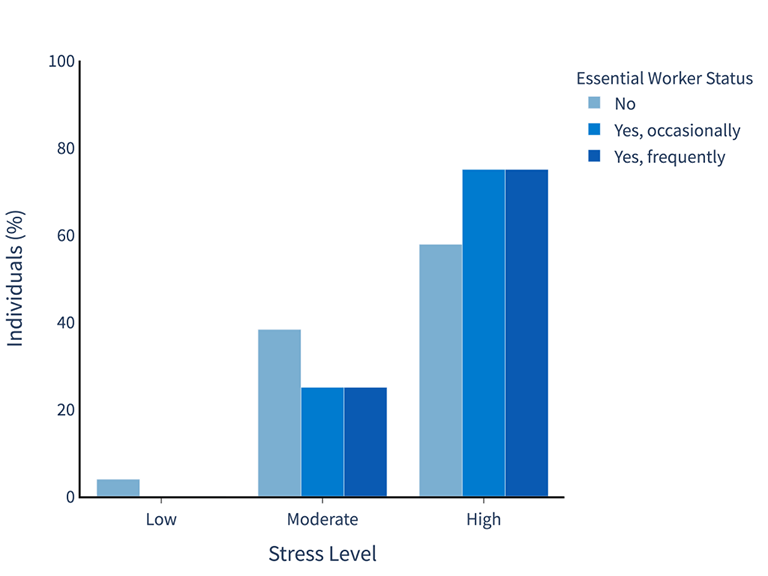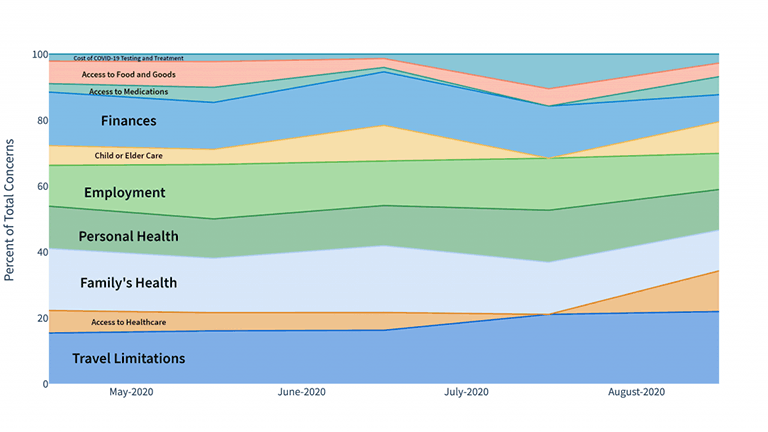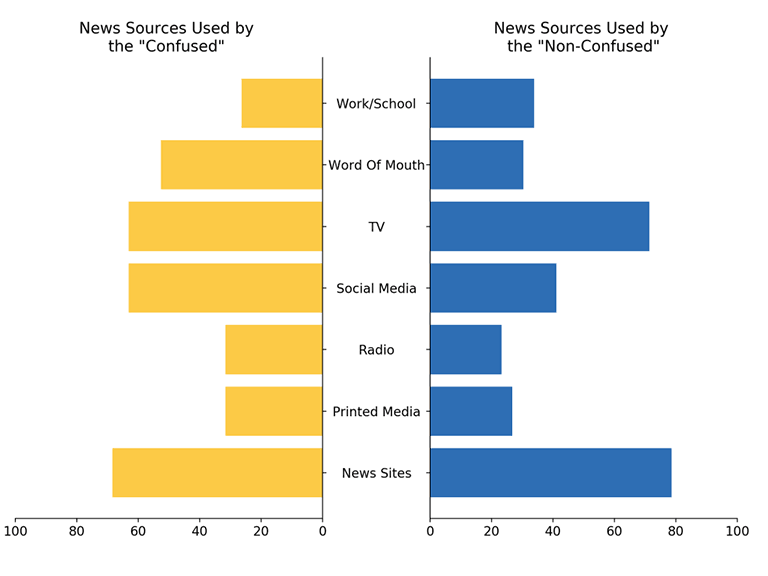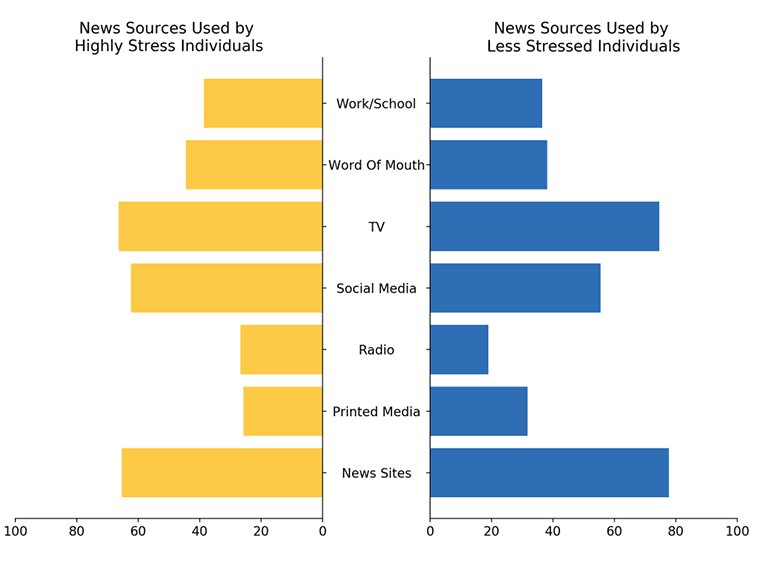To help you and communities everywhere, we launched our healthie™ COVID-19 Stress Monitor in April 2020. This provides individuals with a platform to voice how they have been impacted by social isolation, a changing global economy, job instability, and the disruption of daily routines. The Stress Monitor consists of a few simple questions about how you are feeling, and your concerns related to the COVID-19 pandemic.
Our aggregated results shown below will be updated regularly, as we are committed to helping communities understand the effects of the pandemic on our mental wellbeing. Our hope is this data can be used to inform the national response to COVID-19.
Across the globe, there are still many countries where the data is limited. You can help us develop more meaningful data for your state, region, province or country by taking the Stress Monitor and encouraging your friends and neighbors to take it as well. We invite you to use this online tool to check in as often as you like, whether you are still in social isolation, or as you return to your daily routines.
Please note that results are continually being added to. The charts and observations presented are for informational purposes only, and may shift as we gain more information. Last updated: 09-09-2020


